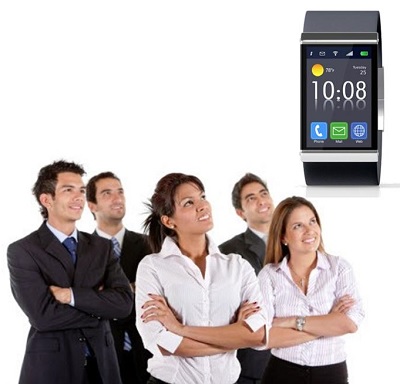Mobile commerce is still in a stage of infancy, but it is growing up fast. This growth is being fed by the growing number of people that are allowing mobile devices to play a major role in their daily lives. These devices offer more convenience and help people bypass some of the things that they consider to be annoying, such as long lines at grocery stores or getting lost during long road trips. As in any sector, trends are emerging within the mobile commerce world that are guiding its continued development.
Optimized Omni-Channel Experiences
People have come to have high expectations when it comes to how they interact with businesses and mobile technology is to blame. Smartphones and tablets have allowed people to experience the world in a new way and this experience is happening at break-neck speeds. People want seamless interaction with the businesses they support, and this means that a company’s ability to optimize this experience across all channels is becoming vital to its continued existence.
Having a website is no longer enough to stay in touch with consumers. These websites have to be optimized for mobile devices, too. A lackluster presence in social media is also a sure way to drive people away, especially those in the mobile crowd. Younger demographics want to receive messages directly to their mobile devices, but these messages cannot be so plentiful that they become an annoyance.
Finding a balance in mobile engagement is key, and that balance must exist through every channel that a business relies on. A growing number of businesses are beginning to take this seriously. They are working on optimizing the experiences they provide to mobile consumers, thereby making themselves more prominent in the mobile world.
In-Store Mobile Devices
Technology has long been a part of the retail sector, but companies are beginning to see the need for the mobile variety. Companies like Apple and Nordstrom have adopted mobile point-of-sale systems that are designed to allow people to pay for products using nothing more than their smartphones. These systems are becoming more plentiful throughout the retail industry. As they do, people are becoming more eager to participate in mobile commerce.
Mobile App Conversion
 Small businesses are particularly interested in the mobile commerce space. Though the mobile world is somewhat crowded by their larger counterparts, small businesses are able to engage a wider demographic by establishing a significant mobile presence. These businesses are offering mobile apps that allow people to find them more easily and, in some cases, purchase products online.
Small businesses are particularly interested in the mobile commerce space. Though the mobile world is somewhat crowded by their larger counterparts, small businesses are able to engage a wider demographic by establishing a significant mobile presence. These businesses are offering mobile apps that allow people to find them more easily and, in some cases, purchase products online.
A year ago, many of these apps did not support in-app links, making them somewhat static and unintuitive. Small businesses have been looking for ways to monetize these apps and have found that allowing the apps themselves to support links, advertisements, and other engagement features has helped consumers spend more money through these apps. This trend is gaining steam throughout several business sectors.
The trends that have emerged in the mobile space are having a major impact on people’s participation in mobile commerce. These trends appear to involve the optimization of the mobile experience. A poor mobile experience leads people away from mobile commerce, while a good experience encourages them to return to mobile commerce again and again. Optimization is ensuring that the mobile space thrives.

 Wearable devices can do everything that conventional devices can do, but they do so in a different way.
Wearable devices can do everything that conventional devices can do, but they do so in a different way. 